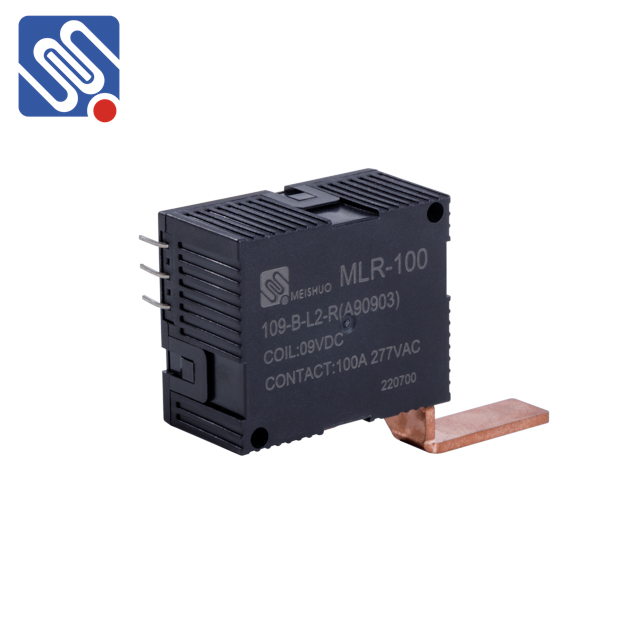understanding relay parameters: a focus on meishuo's approach
Release time:2025-07-20 16:39:23
Relays are essential components in electrical and electronic circuits, playing a crucial role in controlling the flow of electricity. They are often used for switching applications, where they help control high-power circuits with low-power signals. For engineers and technicians, understanding the key relay parameters is essential to ensuring the correct application and longevity of the relay. In this article, we will delve into the various relay parameters and highlight Meishuo’s innovative approach to optimizing them.

Key Relay Parameters
Before diving into Meishuo's unique approach, it's important to familiarize ourselves with the basic parameters of a relay. These include:
Coil Voltage: This is the voltage required to activate the relay’s coil. It is crucial to choose the correct coil voltage to avoid damage to the relay or to ensure it operates within its intended range.
Contact Configuration: Relays can have different contact arrangements, such as Normally Open (NO), Normally Closed (NC), or changeover contacts (CO). These configurations define how the relay will switch circuits on or off.
Contact Rating: This refers to the maximum current and voltage that the contacts can handle safely. It is vital for selecting relays in applications that require handling specific loads, ensuring they do not overheat or fail.

